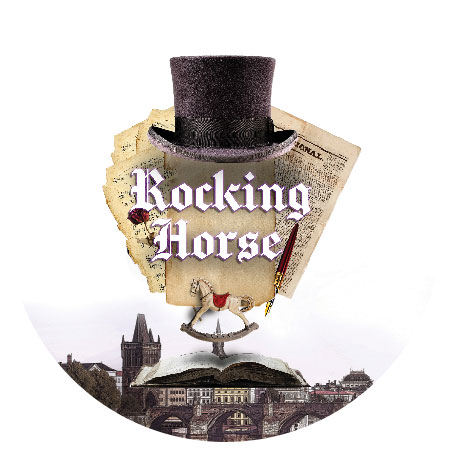Everywhere and Nowhere

I suppose this story is my plea to the world: Don’t let this happen. To anyone. Anywhere. Anytime

T here were homeless people on my walk home from school. A drunk man, thin, with a red shirt. A man who I’d see on my way to the local library. He had a full white beard and a carefully reinforced cardboard box to sleep in. The red-shirt man was scary and I’d say Tehillim as I walked past. The white-haired man was sweet but sad.
And I’d wonder: If I were homeless, where would I find shelter? What’s it like to have no home? What’s it like to be displaced in spirit, pushed this way and that, never quite knowing who you are or to whom you belong?
This is what it was like to be a Jew in Prague. They lived at the seamline of society. Not quite German. Not Czech. Not quite part of the bourgeoisie. Not quite the Jews of old. Not part of the sophisticated West, but not Eastern Europe, either. So what were they?
In Prague, 1881, the Jews were outsiders. A product of Prague society, Franz Kafka compares his life to “a moment that is never quite lived.”
One diary entry: “Fretful that my life till now has been merely marking time…. It was as if I, like everyone else, had been given a point from which to prolong the radius of a circle…. I was forever starting my radius only constantly to be forced at once to beak it off. The center of my imaginary circle bristles with the beginnings of radii, there is no room left for a new attempt….”
There is a restlessness here, and almost a feeling of betrayal; who can guide me, guarantee that my life is, in fact, worth living? It was an experience that characterized that time, and feels familiar even today.
Prague was an in-between place in terms of the time period as well.
The 1880s was an interesting generation: There were shtetl grandparents, still Torah observant. There were fathers who had moved to the city, succeeded in business, and abandoned most of their parents’ Yiddishkeit. And then there were the children — Felix and Emmy’s generation — who found their fathers’ obsession with “making it” in bourgeoisie society unfulfilling. They yearned for something more, and in a strange twist of history, they received it in two ways.
The first was by means of the Yidden fleeing Russian pogroms. As these Ost-juden made their way through Europe, they gave their more secular brethren a taste of Shabbos, a tish, the fire of chassidus. Thus, the 1880s marked a generation where the sons were more religious than their fathers.
The other factor that ignited both more interest in Yiddishkeit, and also the nascent Zionist movement, was the rising anti-Semitism (actually, the very term anti-Semite was coined at this point). The Jews had spent the last few decades doing everything they could to fit into high society. They were cultured and refined, they knew music and philosophy and art, they brought up their children to revere politeness and order. And yet, they were still not good enough.
Thus was born the self-hating Jew. The confusion, betrayal, and despair this engendered led the Jews of Central Europe to look for different solutions to the “Jewish question.”
Oops! We could not locate your form.

